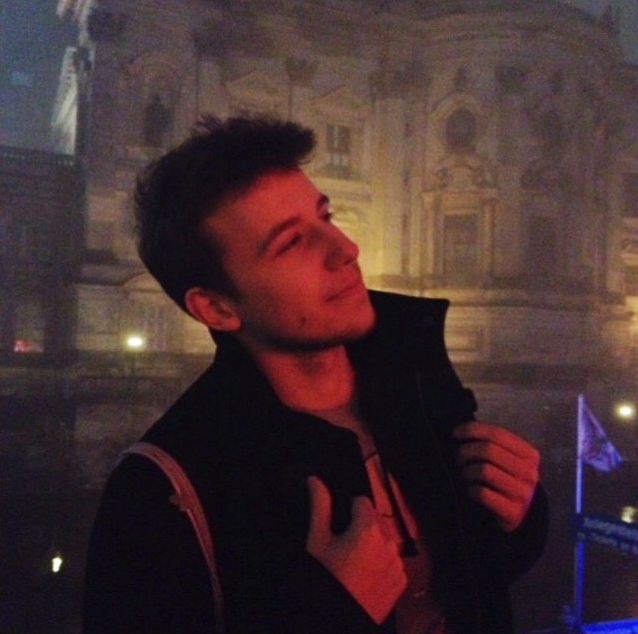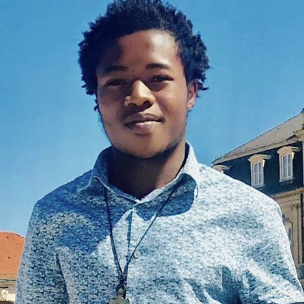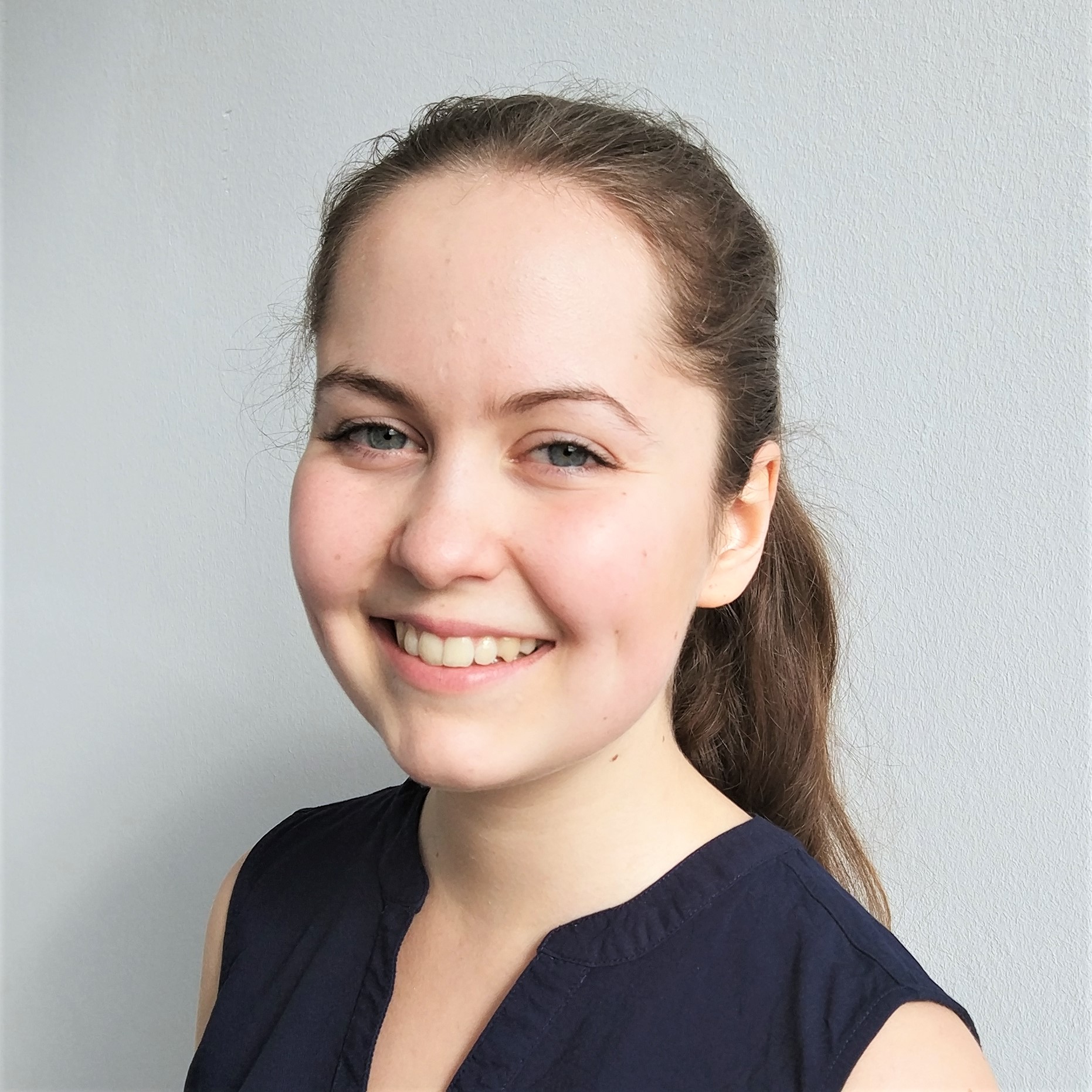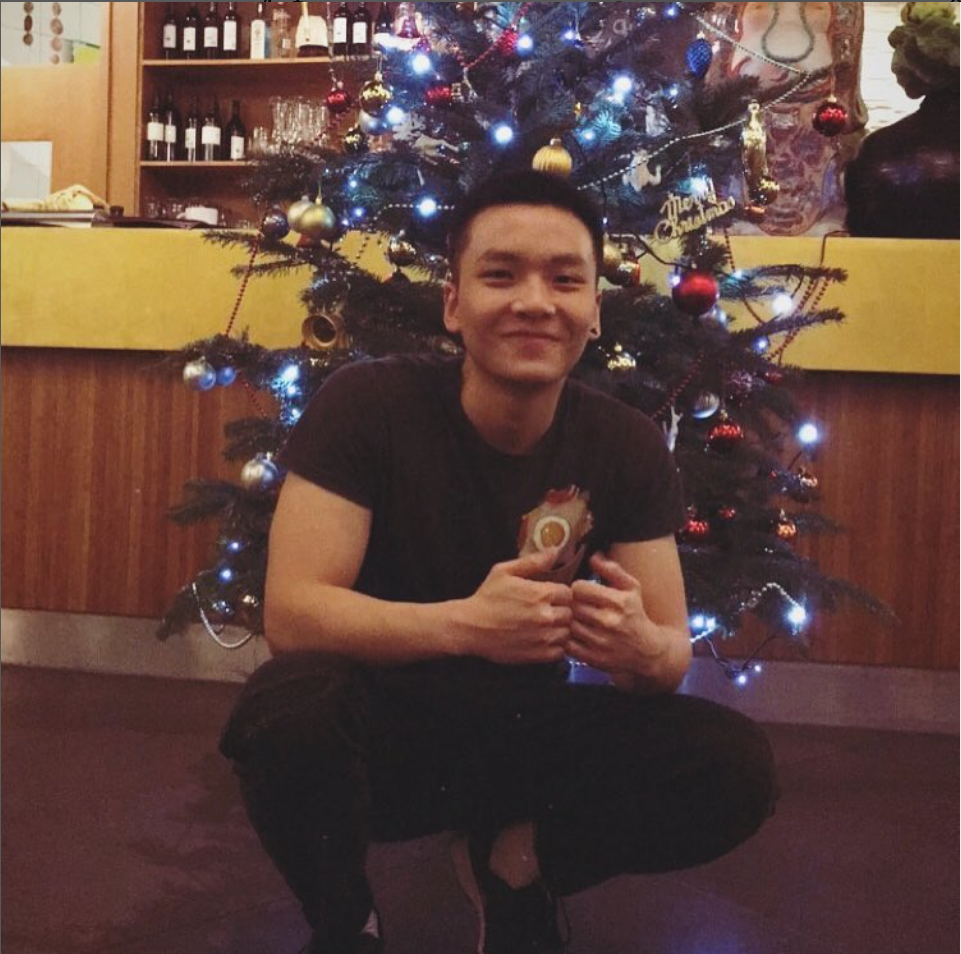The goal of our project was, to create a modern, visual interface between a machine learning model that provides predictive data and the user. The data should be represented in an efficient and intuitive way to support the user’s decision-making for balancing group management. In this process the balancing group manager has to balance the amount of electricity in a specific balancing group - which are regional electricity networks - by either purchasing more electricity or selling some of the available electricity. The goal is to avoid power surplus as well as shortage within the balancing group.
The user should also be able to get insight into the machine learning blackbox through an Explainable AI tool that provides plausibility for the prediction by displaying the main influencing factors that have an impact on it. To keep the project as cost-efficient and scalable as possible, we agreed on building our entire system on a serverless architecture. This enables us to run the application without any fix-costs since cloud computing allows us to only pay for the amount of computing power or storage that is required to run our application.
In accomplish our task we wanted to design and implement a web-based dashboard that visualizes the data provided by the KI-Models. The user should be able to efficiently and easily get an insight into the data provided by the models and our backend. To make sure that our application serves the user’s needs, we wanted to create our application based on a user-centered design process that includes user interviews and final user testing. Another goal for us was to build the application entirely based on a serverless architecture.
 Demo
Demo
 Source_Code
Source_Code






